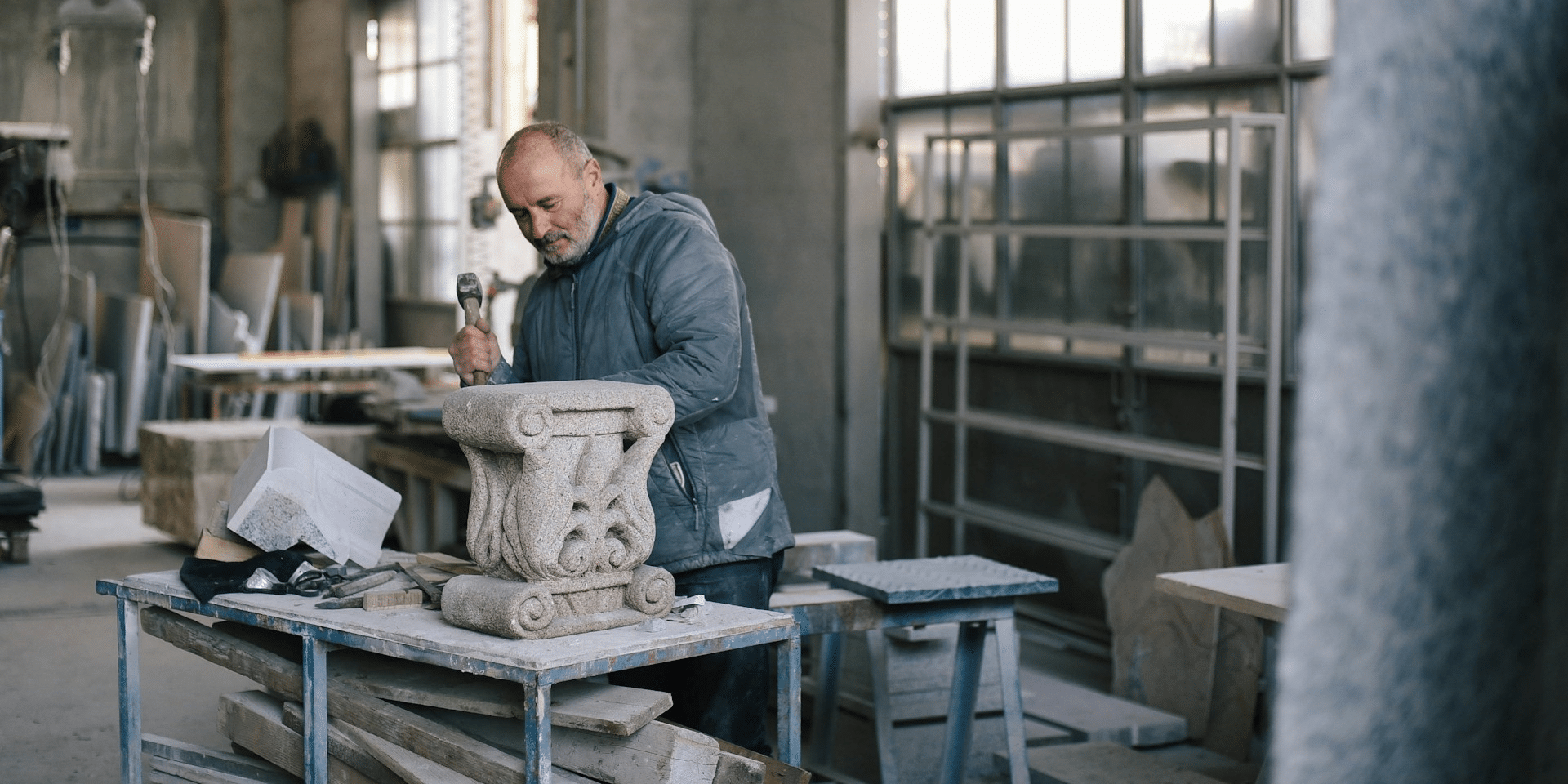“Cycling is a sport of the open road, and a para-cyclist’s world is made of endless possibilities.”
-Kristin Armstrong
In the 1970s, the advent of mountain bikes helped to create a renewed interest in cycling in the U.S. Mountain biking was first introduced in the 1996 Olympics. Also, in the 1970s, BMX racing became a popular sport in Southern California and was added to the Olympic program in 2008. In the late 1970s and early 1980s, some BMX racers performed tricks, which introduced BMX freestyle to the Olympic program in 2020. Cycling has been represented at the Paralympics since 1984, when it was introduced as a road cycling sport, originally only for those with visual impairments. In 1992, different impairment classes were included, track cycling was added in 1996, and hand cycling was added in 2004. There are now 32 events with 12 classes of cycling, depending on the level of disability of the cyclist.
All Paralympic cycle races are held under the same rules as Olympic cyclists, although some competitors have their times factored to allow for their level of disability. Once the factoring is taken into account, the fastest cyclist wins. Paralympic cyclists are able to compete if they ride tandem, hand cycles, three-wheelers, and bicycles, some of which have adaptations to accommodate the rider. Para-cycling is the sport of cycling adapted for cyclists who have various disabilities. It is governed by the Union Cycliste Internationale (UCI). The sport consists of seven different events, including road and track races. The world’s elite para-cyclists compete at the Track and Road Worlds Championships (since 1994), the Commonwealth Games, the Paralympic Games, and the World Cup (since 2010).
“In para-cycling, as in life, it’s not about the destination, but the journey. It’s about pushing past your limits and discovering your true potential.”
– Lance Armstrong
In the world of competitive cycling, there are tales of perseverance and triumph that resonate far beyond the race track. One such story is that of Michael A. Davis, an American para-cyclist whose journey is a testament to resilience, determination, and the power of the human spirit. Born on November 11, 1986, Davis’s path to becoming a para-cyclist was anything but straightforward. His journey began with a sense of duty and service when he enlisted in the US Navy in 2005. Opting to train as an Explosive Ordnance Disposal technician, Davis embarked on a rigorous path, preparing himself for the demanding responsibilities that lay ahead. However, fate had other plans for Davis. Shortly before his graduation and deployment to Afghanistan, tragedy struck. An accident in the line of duty left him with severe injuries, including fractures in his neck, complete damage to his left arm, significant leg trauma, and the need for a colostomy bag. Medically retired from the Navy and deemed 320% disabled, Davis faced an uncertain future filled with physical pain and emotional turmoil.
Yet, amidst the darkness, Davis found a glimmer of hope. During his prolonged hospitalization and subsequent years of rehabilitation, he conceived a groundbreaking medical invention that held the potential to revolutionize ostomy care and benefit millions worldwide. Determined to reclaim his life and find purpose in adversity, Davis turned to para-cycling in 2014. Despite facing numerous challenges, including falls and injuries, he persisted. With a specially designed Paralympic-eligible trike custom-built to accommodate his physical limitations, Davis discovered newfound freedom and passion on the open road. Felled by his love for cycling and a deep-seated faith, Davis’s journey reached new heights. In 2021, he competed in a grueling 22.5-mile race, surpassing expectations and earning recognition as a professional cyclist. Supported by the VA and representing Team USA, Davis went on to compete in three World Cups, ultimately achieving a triumphant bronze medal in Australia. Throughout his remarkable odyssey, Davis found strength in the love and companionship of his wife, Beatriz. Their enduring bond, forged amidst the challenges of rehabilitation, blossomed into a partnership marked by love, resilience, and the shared joy of parenthood.
“Para-cycling is a celebration of determination, courage, and the triumph of the human will over adversity.”
– Bradley Wiggins
As Michael A. Davis continues to defy the odds and push the boundaries of what is possible, his journey serves as a beacon of hope and inspiration to countless individuals facing adversity. From the depths of despair to the pinnacle of athletic achievement, Davis’s story stands as a testament to the transformative power of determination, perseverance, and unwavering faith. The world of para-cycling is not merely a field of athletic competition; it is a testament to the triumph of the human spirit over adversity. Through the stories of para-cyclists like Michael A. Davis and the inspiring words of renowned figures in the cycling world, we are reminded of the boundless potential within each of us to overcome challenges, push beyond limitations, and achieve greatness.
Published by: Khy Talara






